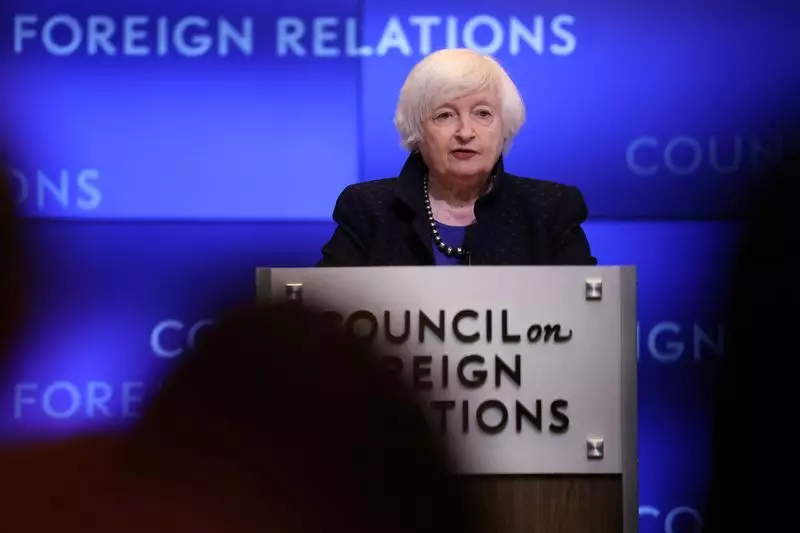The COVID-19 pandemic brought unprecedented challenges to economies worldwide, and the response of various governments has been a matter of intense scrutiny. As U.S. Treasury Secretary Janet Yellen stepped down, her reflections on the Biden administration’s economic initiatives offer an insightful perspective on their impact. This article critically analyzes Yellen’s assertions regarding the economic measures implemented during the pandemic, particularly focusing on stimulus spending, its effects on inflation, and the implications for long-term economic recovery and the labor market.
Yellen’s defense of the Biden administration’s economic response starts with the assertion that the stimulus packages—particularly the $1.9 trillion American Rescue Plan Act—played a pivotal role in averting job losses and sustaining consumer demand. By delivering direct financial support to households through stimulus checks and enhanced unemployment benefits, the administration effectively kept many Americans afloat during a time of crisis. This action mitigated what could have been a catastrophic increase in unemployment rates and provided a necessary lifeline to countless families struggling to make ends meet.
However, the critical examination of these interventions must consider their broader economic implications. While immediate financial support helped stabilize the consumer economy, one must ponder whether this approach may have inadvertently contributed to inflationary pressures. The surge in consumer spending—though necessary to foster economic activity—also raised demand during a period characterized by supply chain disruptions. Yellen’s acknowledgment of inflation as a byproduct of stimulus spending, albeit “a little bit,” speaks to the complex interplay between economic stimulus and inflation. It raises questions about the long-term sustainability of such interventions and the potential need for a more balanced approach that can stimulate growth without stoking inflation.
The inflation story in the U.S. has been particularly noteworthy, especially in contrast to other advanced economies. Yellen argues that the pace of inflation eased in the U.S. more quickly than in peer nations, suggesting that the economic policies enacted were effective in managing post-pandemic price hikes. The low unemployment rate, sustained for over two years, presents another significant achievement of the administration’s policies. Notably, maintaining an unemployment rate below 4% is commendable, especially when considering the challenges posed by the pandemic.
Yet, one must question the underlying factors contributing to this low unemployment figure. Yellen contends that maintaining lower unemployment levels may have required a broader and more severe contraction in spending to meet the Federal Reserve’s inflation targets. This premise raises the issue of trade-offs inherent in economic policy decisions: is it prudent to prioritize full employment at the risk of allowing inflation to rise? Furthermore, the potential consequence of long-term structural changes in the labor market needs to be critically examined, as massive economic interventions create both opportunities and risks, especially for vulnerable communities.
Despite the positive metrics highlighted in Yellen’s speech, she emphasizes the importance of addressing underlying structural issues that impede economic mobility and stability for many American families. This acknowledgment points to a crucial area of reform that extends beyond mere stimulus. The concept of “modern supply-side economics,” as championed by Yellen, advocates for investment in infrastructure, workforce development, and research—the cornerstones of long-term economic vitality.
Recognizing that economic growth should not only be measured by immediate gains but also by the overall enhancement of the labor force is vital. Sustainable economic policies must include a comprehensive framework that empowers families, ensuring they have the tools to achieve a middle-class lifestyle. This approach demands collaboration across various sectors to create pathways for economic participation and growth that are equitable and supportive of diverse communities.
While the Biden administration’s response to the COVID-19 pandemic involved significant financial interventions that provided immediate relief and job stabilization, the long-term implications of these policies require thorough scrutiny. Janet Yellen’s reflections on these economic measures are insightful but should prompt further dialogue about balancing stimulus and inflation, as well as addressing systemic issues that influence economic mobility. As the nation moves forward, the emphasis must shift toward building a resilient economy that equitably supports all citizens, combining immediate recovery efforts with sustainable policy innovations for a more inclusive future.

